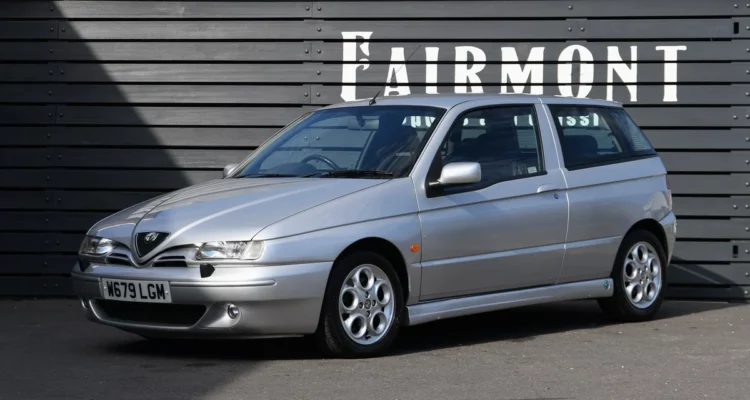Have You Ever Heard of – The De Tomaso Pantera?
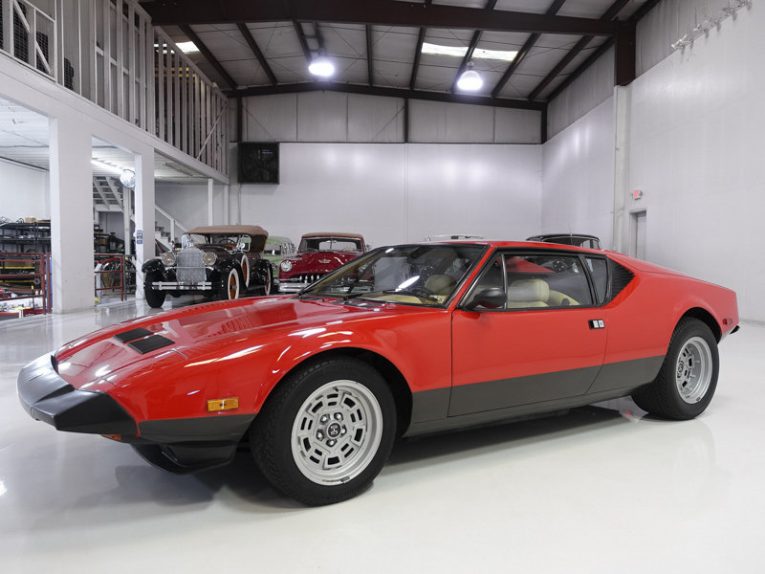
De Tomaso is one of those companies that tried so very hard to be brilliant. And looking back, it really should have been. It was founded in Modena, Italy, where companies like Ferrari and Lamborghini call home. The cars were works of art that boasted impressive performance and looks. De Tomaso even had major backing from Ford, arguably the biggest motoring name in the world, yet still the company is now no more. And that’s a shame. What’s even more of a shame is the way it all ended. There was a scandal, there were arrests and charges of corruption to the tune of $7,500,00 and there was, ultimately, liquidation. It was very much the Italian DeLorean in some respects.
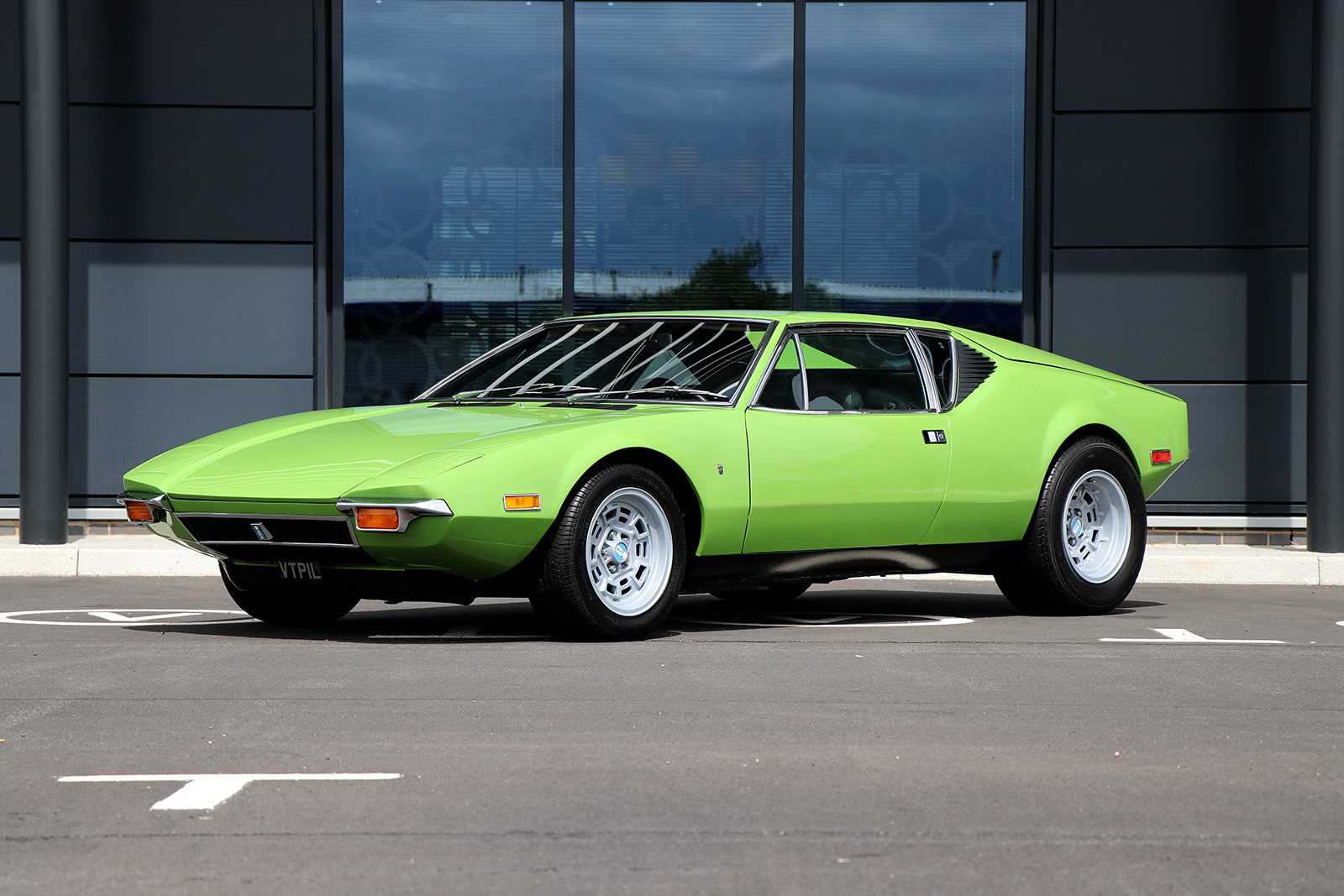
But we’re not here to look at the sad demise of this once great company. Instead, let’s celebrate it by looking at one of De Tomaso’s finest offerings – the brilliantly named Pantera.
Look at it. If that’s not the kind of car that belongs as a poster on a dreaming teen’s bedroom wall, we don’t know what is? It was an angry, snarling beast of a machine that was built with no compromise. It was fast, it was loud, and it also made for great target practice apparently, but we’ll get to that later.
The Pantera was the third car to be built by De Tomaso. Prior to this, there was the Vellelunga of 1963 and the Mangusta of 1966. The Vellelunga was very much the baby thanks to having only 104bhp care of a Ford Cortina engine, but being mid-mounted, the car was triumph in terms of handling. It was however, only built in small numbers. It was the later Mangusta that showed De Tomaso’s true intentions. The four-cylinder engines were ditched in favour of big Ford V8s and the whole car was much bigger than its predecessor. With the Mangusta, the motoring world had no choice but to take notice. The De Tomaso brands were quickly shaping up to be a force to be reckoned with, especially when it came to cars like Ferrari and Lamborghini.
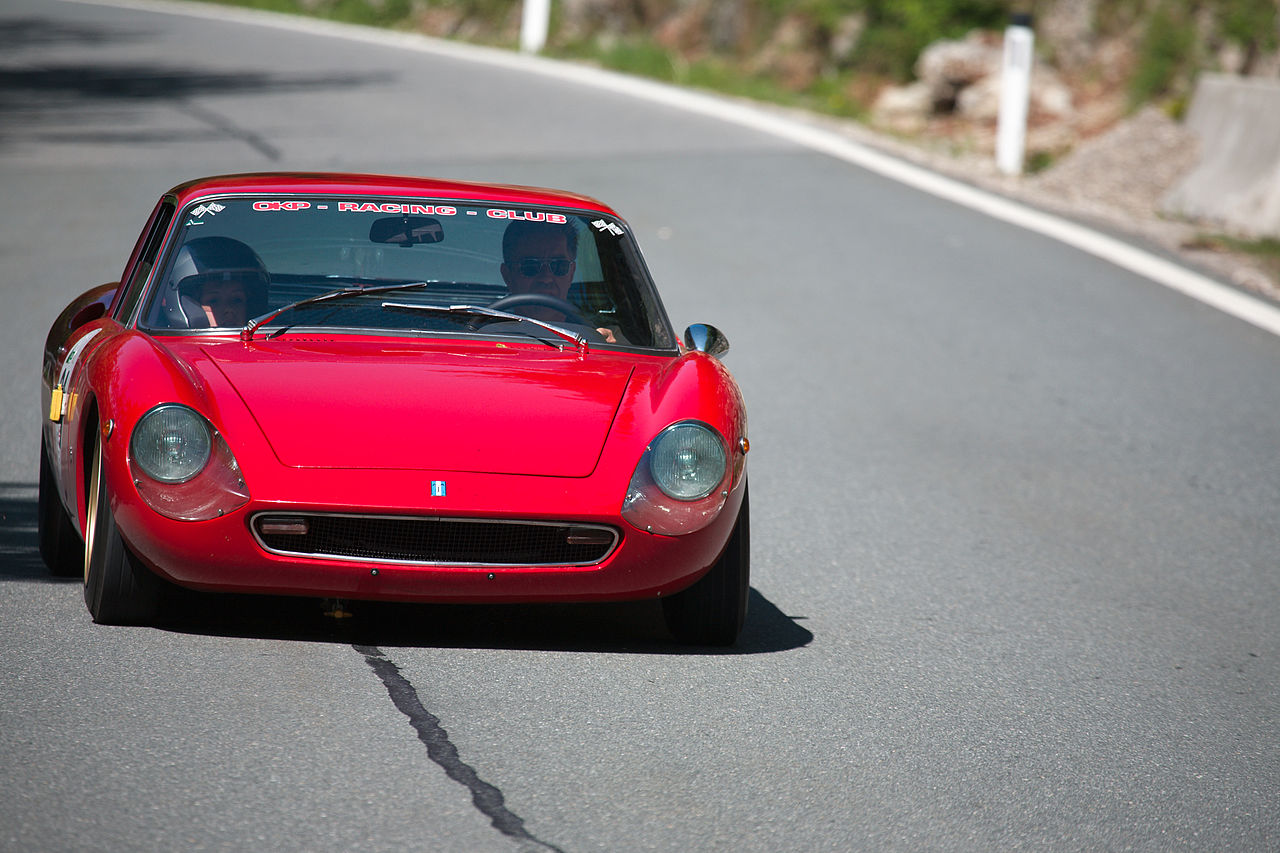
The De Tomaso Vellelunga
In 1971, De Tomaso became 81% of the property of Ford. The big American company had taken note of the fact De Tomaso was building an impressive brand around its engines and it wanted a bigger slice of the action. Plus, Ford saw a gap in the U.S market for De Tomaso’s offerings. It was somewhat fortunate, then, that De Tomaso was working on a new car in the early ‘70s, namely the Pantera.
The Pantera was released in 1971 and replaced the Mangusta as the company’s flagship car. The aggressive body was styled by Ghia’s Tom Tjaarda, the same man who penned the Fiat 124 Spyder, the Chevrolet Corvair and the Ferrari 356 California. You get the impression he had some fun with the Pantera though, given its wild angles and overall aggressive look. Though that’s no bad thing. The Pantera needed to be a statement car, and thanks to Tom’s scribbling, it was.
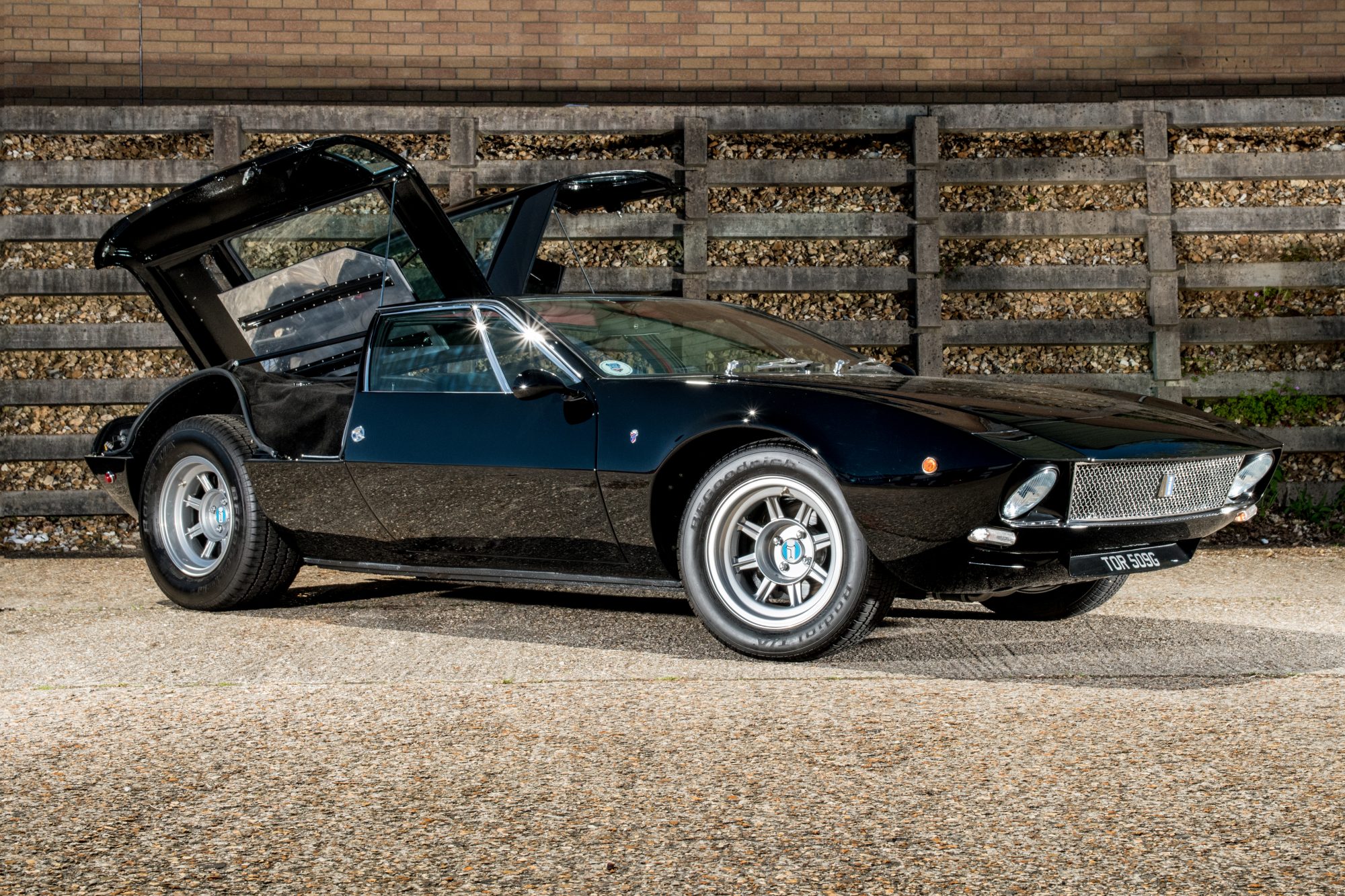
A De Tomaso Mangusta
Of course, in the world of high-end performance cars, looks are nothing without the power to back them up. De Tomaso had always used Ford engines, and now that Ford was the 81% shareholder, that wasn’t going to change. As such, the engineers at De Tomaso thumbed through the Ford parts catalogue before giddily slamming their index finger down onto the page with the 315 Windsor V8.
With 330hp on tap and impressive amounts of torque, the Pantera was a worthy entrant into the supercar arena. Car & Driver got hold of one and managed to get a 5.5-second 0-60 time out of it, which for 1971 was nothing short of jaw-dropping. Though of course, all that power is nothing without control, so De Tomaso mated the V8 to a strong ZF transaxle, while the chassis boasted fully independent suspension all-round, rack-and-pinion steering and four-wheel disc brakes. So in conclusion, the Pantera went as well as it looked, be that on the straights or in the corners.
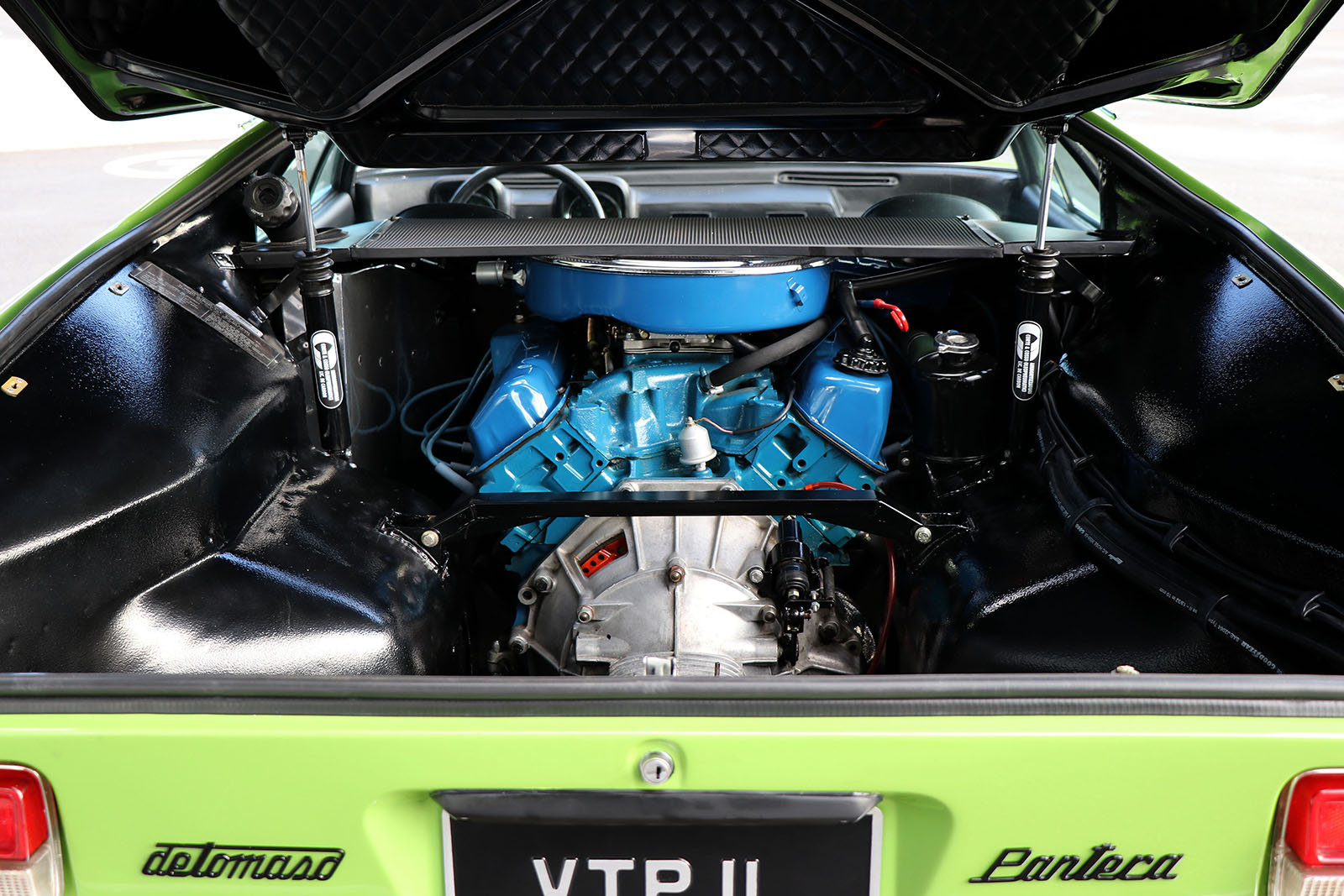
It wasn’t all bark though. The Pantera was billed as being a luxury car, too. It had power steering, electric windows, air conditioning and more. The interior was well-appointed with leather bucket seats, a stereo and high-end carpets. It offered no sportscar compromise.
Ford, meanwhile, was looking at the bigger picture. Yes, it was nice to have such a big stake in a company that was once again ruffling the feathers of Ferrari, but at the same time, it considered the appeal of the Pantera on home soil. Ford knew that the 351 Windsor V8 would be a sure-fire feature on which to market the car, so it started shipping them to America where it was sold as the Ford Pantera through Lincoln Mercury dealers.
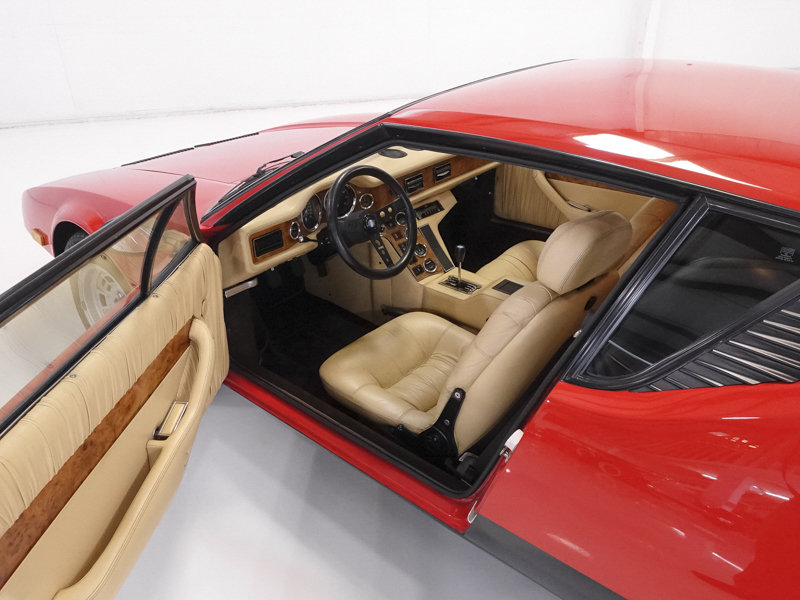
The first cars were European specification, rather than full-on USDM. They served to test the waters in the U.S, and it seemed to be worthwhile, as by the end of ’71, over 1,000 had found their way onto American soil. However, soon things started to go wrong.
First of all, the build quality was somewhat lacking, forcing Ford to invest millions of dollars into creating precision stamping for body panels. Once the body was sorted, there was the issue of reliability. The cars were famously temperamental. A case in point would be the yellow Pantera owned by none other than Elvis Presley. The car failed on him, leaving him stranded. When he had the car recovered back to Graceland, he promptly took out his revolver and shot it. Brilliantly, it then started.
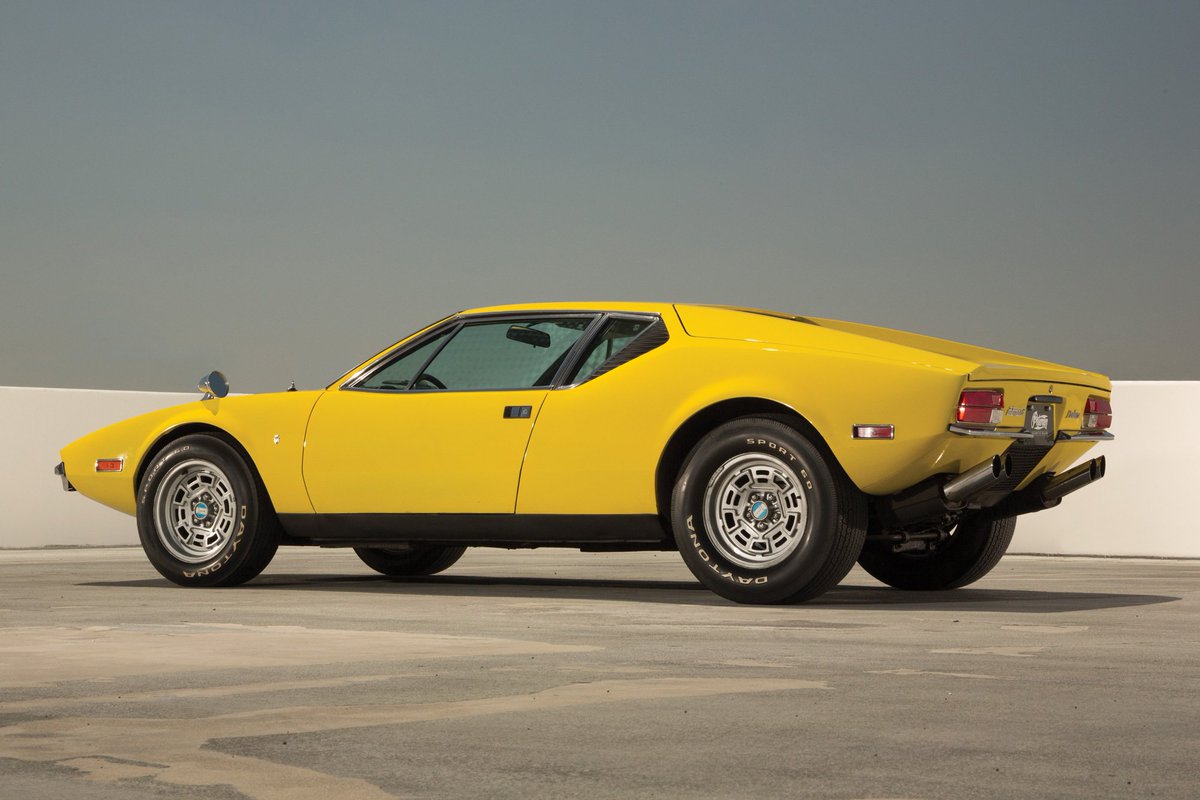
The actual Pantera of Elvis Presley (picture ©Petersen Museum)
For other Pantera customers, shooting their cars wasn’t really an option, so instead the cars clogged up dealerships as they awaited mechanical attention under warranty. Ford soon saw the Pantera wasn’t going to be the cash cow it had initially hoped for, and in 1975 after importing 5,500 cars, Ford pulled out of its arrangement with De Tomaso, selling its shares back to the company.
You’d think that this would spell the end for the Pantera, but it didn’t. De Tomaso kept building it up until, somewhat remarkably for a 1970s design, 1992. It did become a bit of a sad affair though. The later cars were branded as GT5, GT5-S and SI, but with each rebranding came more flared panels, more spoilers and more stick-on bits. Yet despite the go faster looks, the might 351 Cleveland V8 was ditched in 1990 in favour of the smaller and less powerful Ford 302.
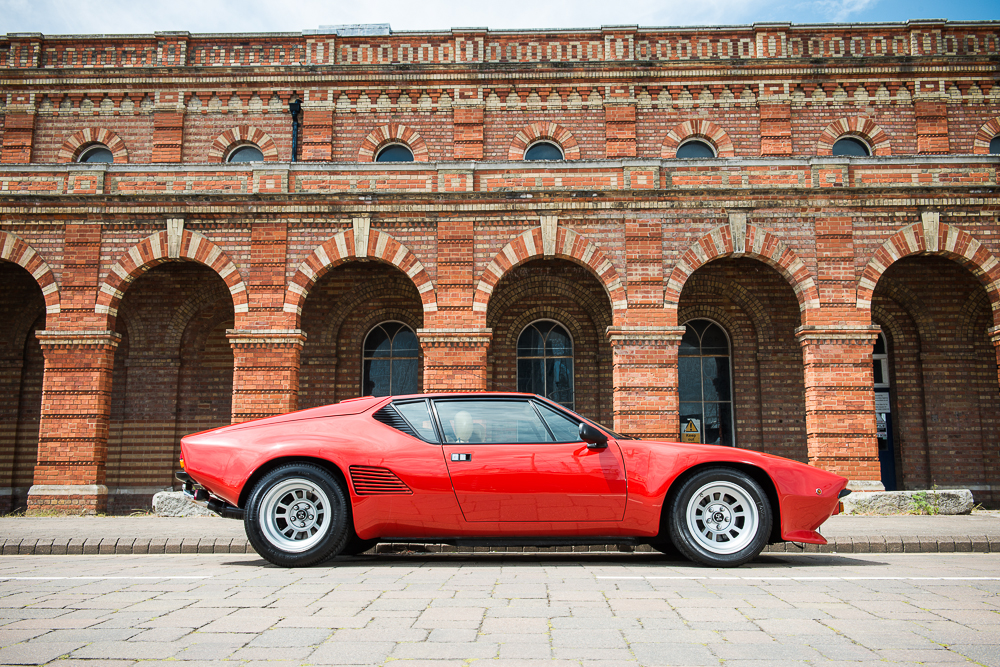
The Pantera’s final years were indeed unfortunate and somewhat embarrassing for a once great car, but that’s often the way it goes for small volume manufacturers. And it’s a shame, because De Tomaso could have been so much more. It has backing from Ford, it actually owned Maserati at one point, but alas, none of it would be enough to save the brand. But rather than be sad, instead be grateful that the Pantera existed at all. It was mad, it was brash and it sounded incredible, and the world needs cars like that.

